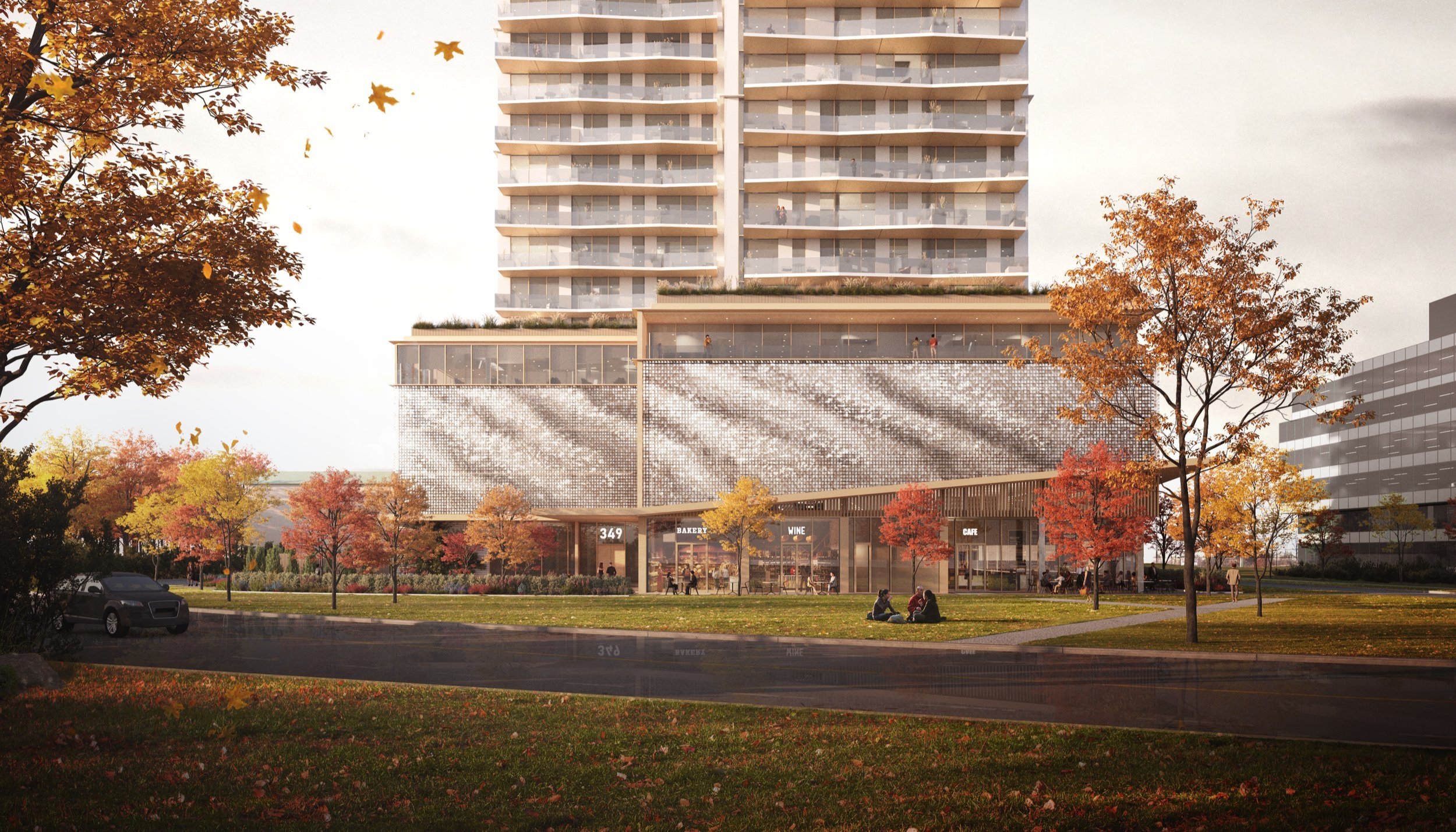Mixed Density is an integrated multi-use development that combines environmental, social, and wellness goals to form a comprehensive and well-balanced community for contemporary living.
The design envisions a setting where a culture of living, working, and leisure coexists harmoniously, enhancing community well-being.






Situated as part of a broader urban ecosystem, BlendSpace not only adds to the vitality of its immediate neighborhood but also contributes to the larger dialogue on sustainable urban development. The project is designed with a focus on environmental, economic, social, and cultural sustainability. Through collaborative, ingenious, and efficient architecture, it aims to establish a lively, functional, and distinctively identifiable space.
Studio VMA prioritizes sustainability, integrating passive design elements to lower energy and carbon usage. Features include a building form that adapts to local climate conditions, durable and efficient construction materials, and provisions for renewable energy adoption. Beyond the quantitative aspects, the project also emphasizes the qualitative benefits of natural ventilation, daylighting, and access to green spaces for resident well-being.
Public, semi-public, and private amenities are diverse and plentiful. The architectural layout encourages communal engagement by creating a variety of public spaces that include outdoor markets and dynamic walkways. A soft landscaping border enhances the public areas, providing not only aesthetic appeal but also emphasizing the importance of health and wellness for those who frequent the space.
The design incorporates flexibility and adaptability for long-term resilience. With floor-to-floor heights and consistent structural grids, the building can easily be reconfigured to meet changing needs over time.
In terms of future-proofing, the development aims to limit subterranean parking to two levels while proposing three above-ground levels to comply with current parking regulations. As technologies like autonomous vehicles advance and car-sharing programs grow, the demand for individual parking spaces is expected to decrease. This trend is already observable in cities like Toronto, where new developments are seeing a reduction in parking requirements.
